Greetings to all who are “passing through”. 😀
Last year I decided to use colored pencils for my artwork. That was a huge “chore”, mainly because the pencils I had bought were not of great quality. I COULD try again this year, to do the challenge with the brand new supply of PRINA pencils that were given to me on Mothers’ Day, by my middle daughter, Jackie. On the other hand, she also sent me a huge supply of wonderfully-colored, double-tipped ink pens. Instead of two round/pointed tips, one tip is wide and slanted, and the other tip is a nice gently-pointed tip. I will probably make use of both pens and pencils, this year.
Jackie also sent me a nice supply of wonderful art-paper pads. I already have quite a good supply, but the ones she sent are really premium, and I’m looking forward to getting down to business with them! Thank you, Jackie, for the superb supplies.
Here’s the list of PROMPTS for 2025. There’s no “storyline” for this year. It is, however, quite an interesting list of subjects, and I’m looking forward to beginning the challenge. As the 31 days in October advance, each prompt will have a separate section, below, with the number and name from the list as its title. To find the drawings that are already crossed off in the list, just scroll down until you find the completed entry.
01 — Mustache
02 — Weave
03 — Crown
04 — Murky
05 — Deer
06 — Pierce
07 — Starfish
08 — Reckless
09 — Heavy
10 — Sweep
11 — Sting
12 — Shredded
13 — Drink
14 — Trunk
15 — Ragged
16 — Blunder
17 — Ornate
18 — Deal
19 — Arctic
20 — Rivals
21 — Blast
22 — Button
23 — Firefly
24 — Rowdy
25 — Inferno
26 — Puzzling
27 — Onion
28 — Skeletal
29 — Lesson
30 — Vacant
31 — Award
It’s now “Two Minutes to Midnight” on September 30, 2025. How about THAT for a coincidence? In case you have never heard that Iron Maiden song, you can listen to a GREAT cover of it, by Dan Vasc, at …
2 Minutes To Midnight – IRON MAIDEN Cover
… and so INKTOBER 2025 begins …
NOTE #1: I might get a day or two behind now and then, but I’ll be doing all 31 drawings, and will post them all here, in chronological order
NOTE #2: If you want to see a larger version of any drawing, you can hover over it until you see the pointing finger, then click, and the drawing will open up in a new tab. THIS page will stay up, waiting for you to return from the drawing enlargement.
— 10/01/25 — MUSTACHE —
NOUN —
ETYMOLOGY — from the French moustache, which has a Greek root: mystax, which means “upper lip”.
DEFINITION — an unshaved growth of hair on the upper lip, as in … “He looked younger after he shaved off his mustache.”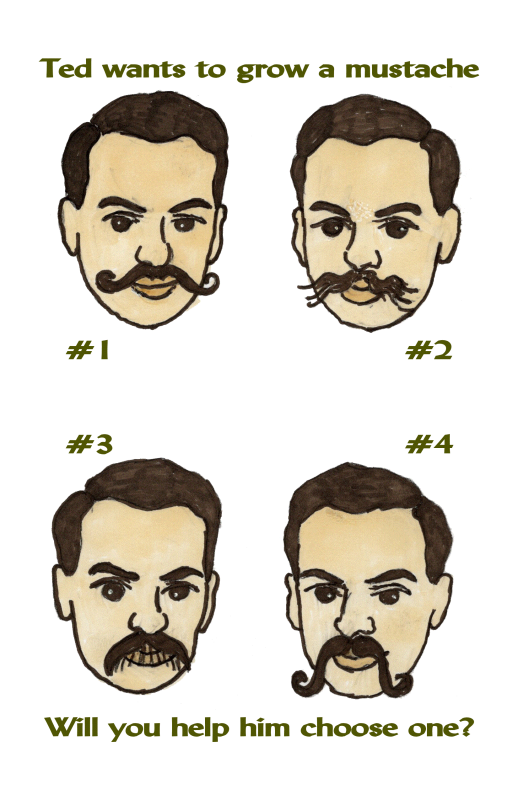
— 10/02/25 — WEAVE —
VERB —
ETYMOLOGY — The word “weave” comes from the Old English word wefan, meaning “to interlace yarn” or “to devise”. This verb evolved from the Proto-Germanic weban and ultimately traces back to the Proto-Indo-European root webh- (“to weave”), which also gave rise to related words like “web” and “woof”.
DEFINITION — To “weave” means to form something, such as cloth, baskets, or stories, by interlacing different elements like threads, strips, or ideas together. It can also mean to move in a winding or zigzag course to avoid obstructions. The most common form of the verb is to interlace long pieces of material over and under each other on a loom to create fabric.
— 10/03/25 — CROWN —
NOUN —
ETYMOLOGY — The English word “crown” comes from the Old French coroune, which comes from the Latin corona, meaning “wreath” or “garland”. This, in turn, comes from the Ancient Greek korōnē, referring to a “garland” or “wreath” and also “anything curved”. The Proto-Indo-European root sker- or ker- meaning “to turn” or “to bend” is thought to be the origin of the Greek word, possibly alluding to the curved shape of the object.
DEFINITION — 1. a royal or imperial headdress or cap of sovereignty; 2. the top or highest part of something. Example: “the crown of the hill”
NOTE — For this drawing, I chose Definition #2. The ruins of an old tower (possibly an old lighthouse) is standing on the crown of a hill overlooking a body of water. Also, the top of the old tower is decorated with a crown.
— 10/04/25 — MURKY —
ADJECTIVE —
ETYMOLOGY — The English word “murky” comes from the Middle English myrke, meaning “gloom, darkness,” which in turn derives from the Old Norse myrkr “darkness”. This word shares a common root in Proto-Germanic with Old English mirce and is related to other Germanic words for dark, such as Danish mørk. The ultimate origin is likely a Proto-Indo-European root, *mergʷ-, meaning “to flicker” or “to darken”.
DEFINITION — Murky can refer to something that is physically dark, cloudy, or obscure, or to something that is intellectually or morally unclear.
— 10/04/25 — DEER —
NOUN —
ETYMOLOGY — The word “deer” comes from the Old English word dēor, meaning “wild animal” or “beast”. It originated from Proto-Germanic deuzam and even further back to the Proto-Indo-European root dʰewsóm, which related to “creature that breathes”. The word’s meaning narrowed from any wild animal to specifically the modern sense of deer during the Middle English period, likely due to hunting.
DEFINITION — A deer is a hoofed grazing or browsing animal, with branched bony antlers that are shed annually and typically borne only by the male.
NOTE — My husband says this is not a “deer.” I explained that the photo I used as my model, was posted online as a “deer”. He said that it’s an elk, which is in the “deer family”. I looked up more photos of deer, and they pretty much looked like this guy. So … either way, this is my drawing of a “deer” for INKTOBER 2025. 😀
— 10/06/25 — PIERCE —
VERB —
ETYMOLOGY — The word “pierce” comes from Old French “percer,” meaning to make a hole or drive through, which likely originated from Vulgar Latin “*pertusiare,” a frequentative of the Latin verb “pertundere” (“to thrust or bore through”). This Latin root breaks down into “per-” meaning “through” and “tundere” meaning “to beat or pound”.
DEFINITION — (1) Make a hole with a sharp instrument. (2) Bore a hole or tunnel through. (3) Force or cut a way through.
NOTE #1 — It was hard to figure out something for this prompt without searching for things like daggers, swords, or even needles, plus putting the word into the present tense, as it is presented in the list of prompts. I finally decided to use the word “PIERCE” this way …
“The sun’s rays pierce a cloudbank on the horizon.”
– – – – – – – – – –
NOTE #2 — I’m not extremely happy with this scan. As before, when I’ve been using colored pencils, when I scan the drawing, it reddens the yellow I actually used. I’ve tried several different “correction” methods, and still can’t get it to make the sun the bright yellow that it actually is, in my drawing. Also, the hill out in front, is supposed to be green, not brown. I do like the way it looks in this scan, but (sigh), it isn’t the way I designed it to be. I guess the seasons changed since I drew it (a couple of hours ago). ![]()
– – – – – – – – – –
NOTE #3 — Yesterday afternoon, I discovered that the colors look just fine in all of these scanned drawings, when I look at them through my phone’s interface, and when other people look at them. Apparently it’s just my monitor that isn’t displaying the colors as they should be (specifically the yellows). I’ve had a hard time getting the colors to look right on my current monitor, before. So now I’m thinking of seeing if I can find a really good monitor without paying a small fortune.
— 10/07/25 — STARFISH —
NOUN —
ETYMOLOGY — The word “starfish” is an English term combining “star” and “fish” to describe the marine animal’s star-like shape, with its earliest known use appearing in the 16th century. While “fish” in the name is a misnomer (as starfish are echinoderms, not fish), the name reflects the animal’s common appearance of multiple arms radiating from a central disc. The scientific name for the class of starfish, Asteroidea, also derives from the Greek words aster (star) and eidos (form or likeness).
DEFINITION — A starfish (also called a sea star, is a marine animal of the class Asteroidea. While typically having a star-like shape with a central disk and five arms, some species can have more arms. As mentioned above, though their name includes “fish”, they are not. They are echinoderms.
An echinoderm is a marine invertebrate, named for its “spiny skin,” characterized by radial symmetry (typically five-pointed), a unique water vascular system with tube feet for movement and feeding, and an external, calcified endoskeleton (which means its skeleton is on the outside of its body, unlike ours, which are on the inside of our bodies.. Common examples of echinoderms include sea stars, sea urchins, sea cucumbers, brittle stars, and crinoids, all of which are found exclusively in oceans.
Starfish can be found in every ocean of the world, in any type of climate. Wherever they are, they live on the seabed. In order to move, they use tiny suction-tipped appendages called “tube feet”, which are operated by a built-in “hydraulic system”.
They are carnivorous (meat-eating) predators, which often feed on mollusks like clams and oysters. Many species can extrude their stomachs, to digest prey externally! They are also able to regenerate lost arms or damaged body parts!
NOTE #1 — The two starfish in this drawing each have six arms, though the smaller one looks like it has seven. That’s because there’s a small piece of darker-colored sand under it.
NOTE #2 — When I found the photo that I used for my model, I entitled it “Two Starfish Visiting Two of Their Seashell Friends At the Beach”. Now that I know about what type of food starfish like to eat, I think I’ll take back my original title! 😳
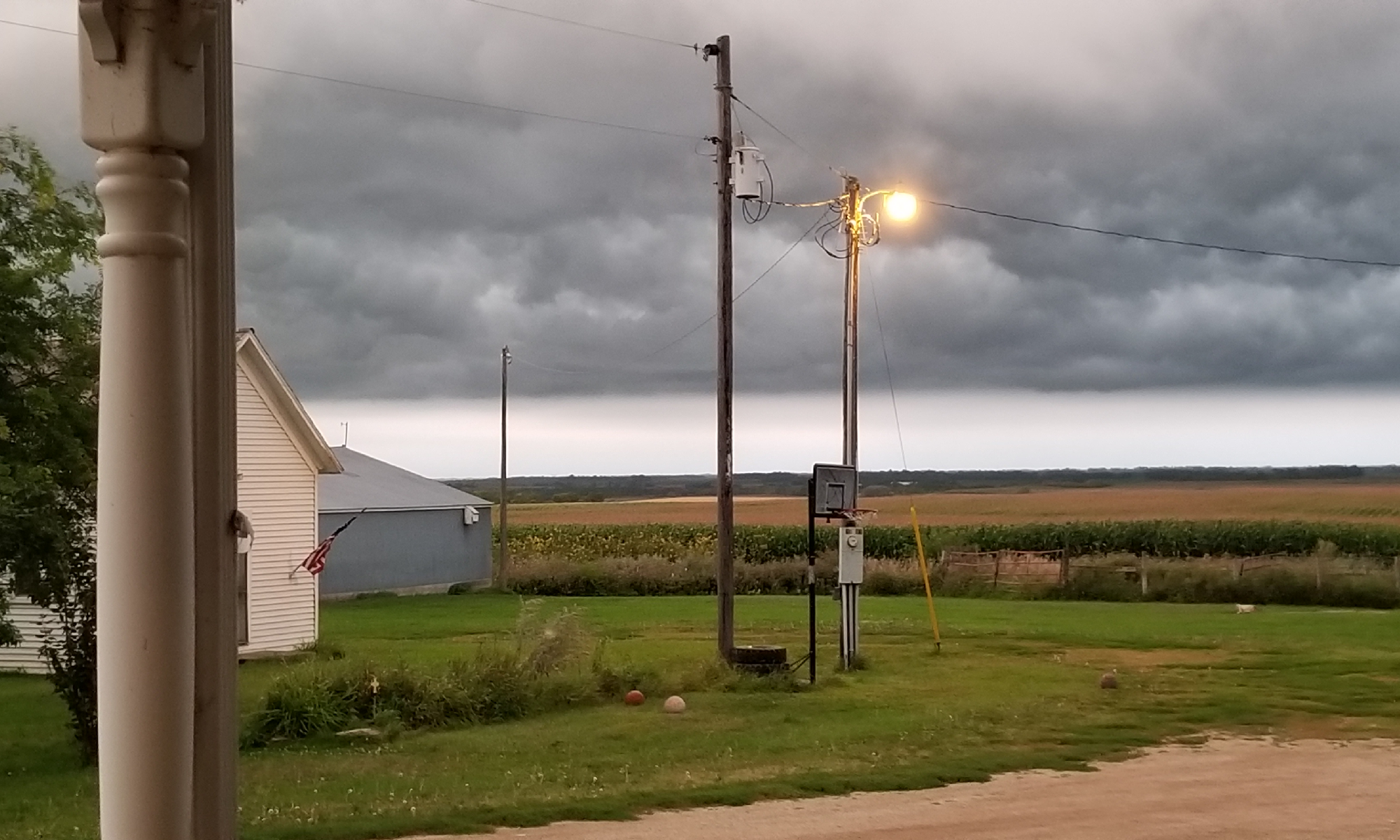
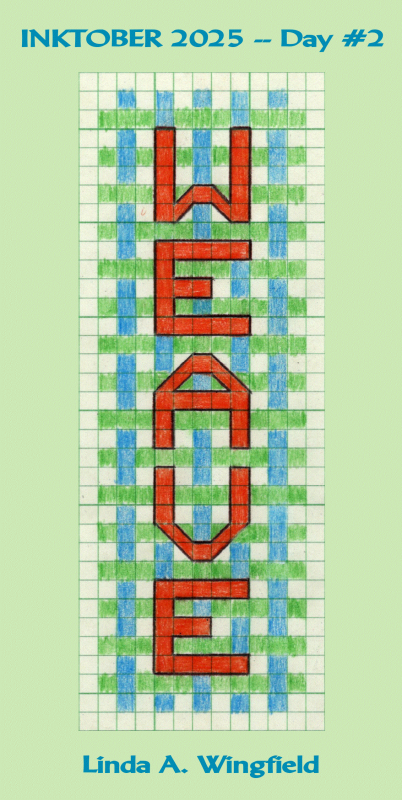
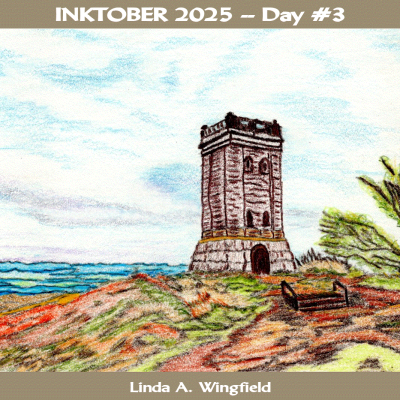
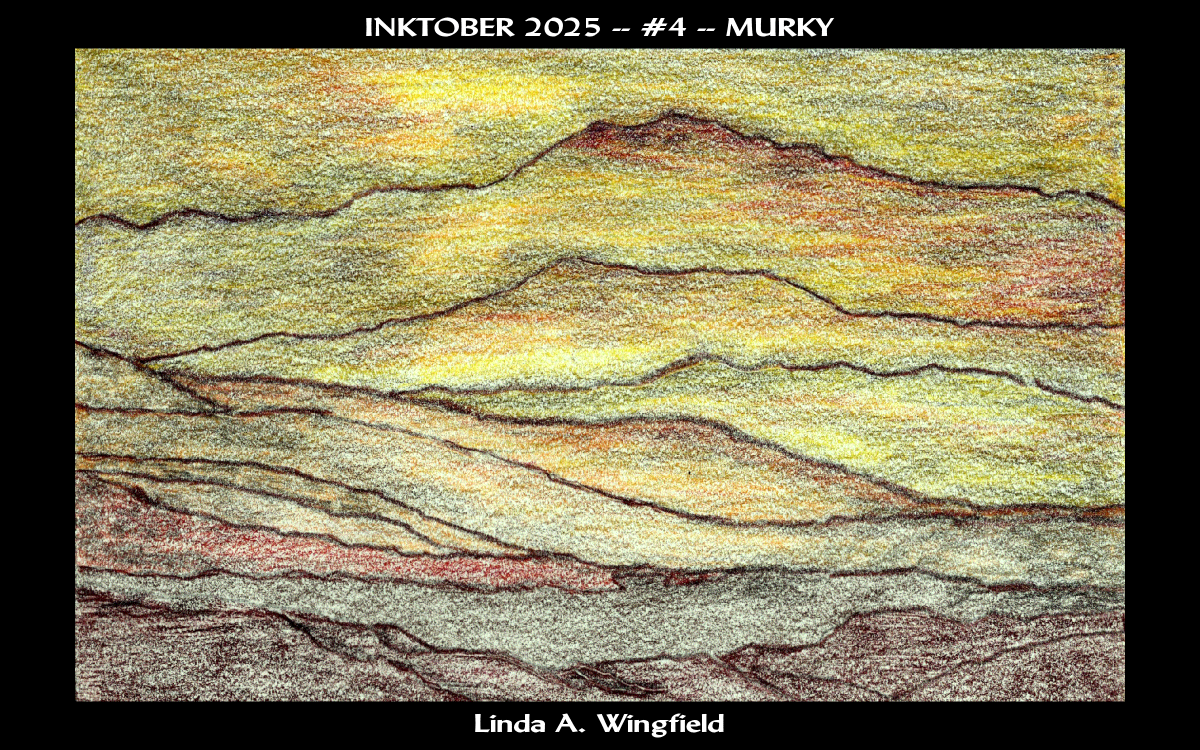
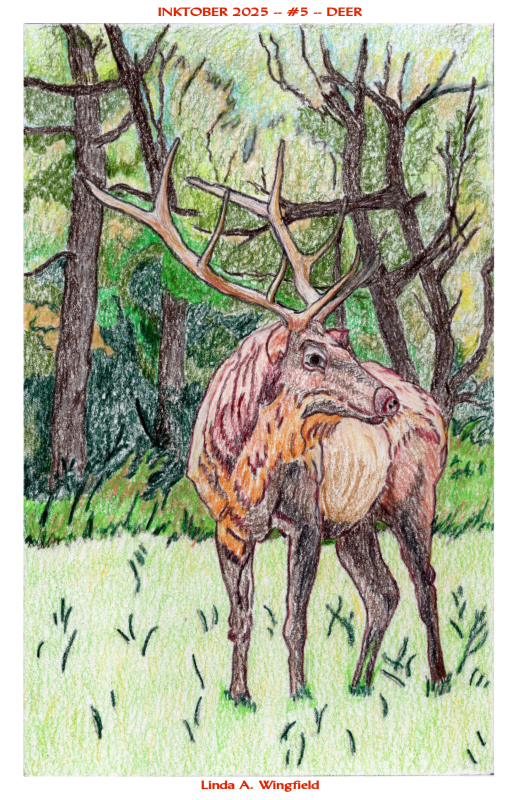
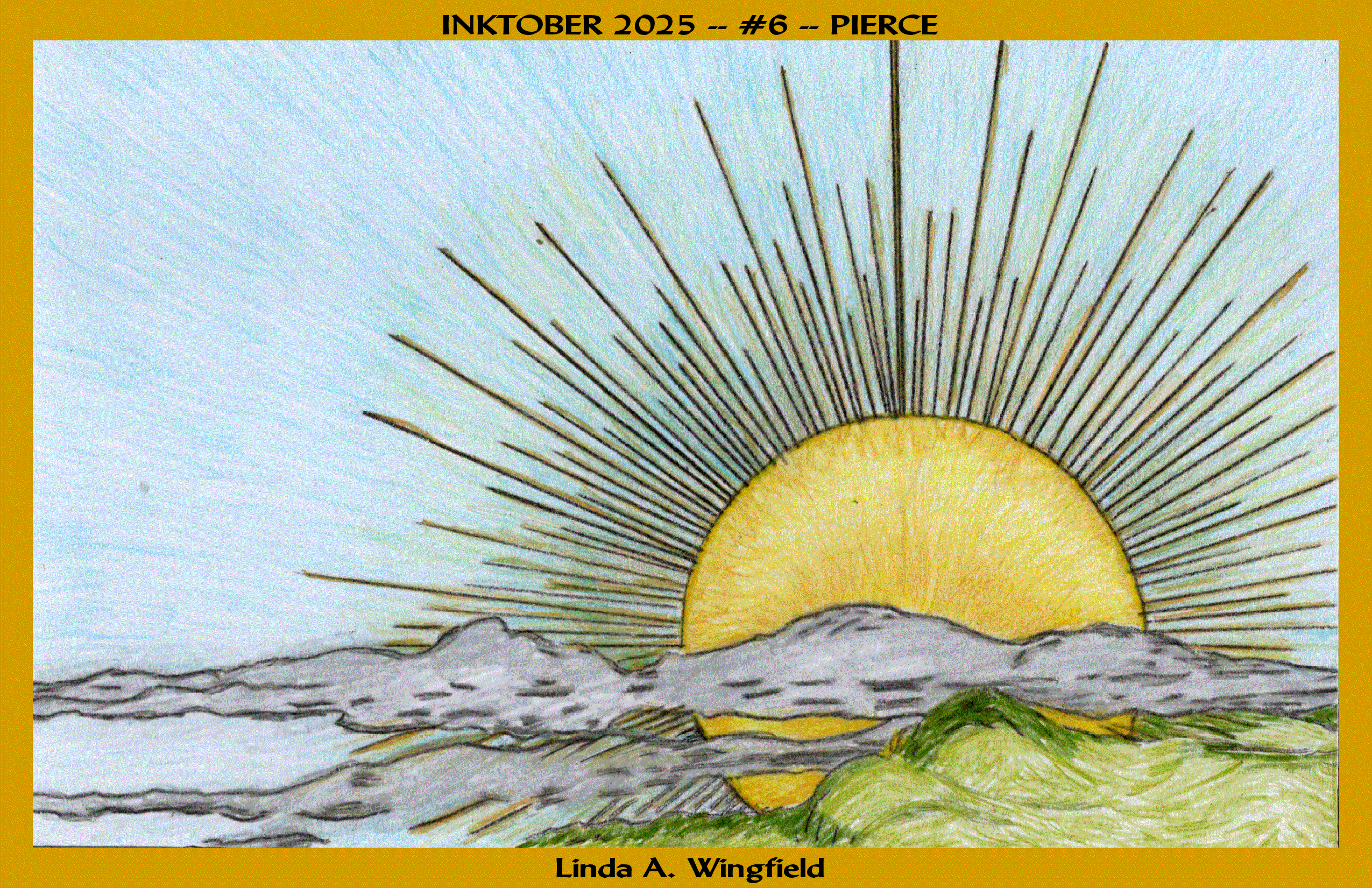
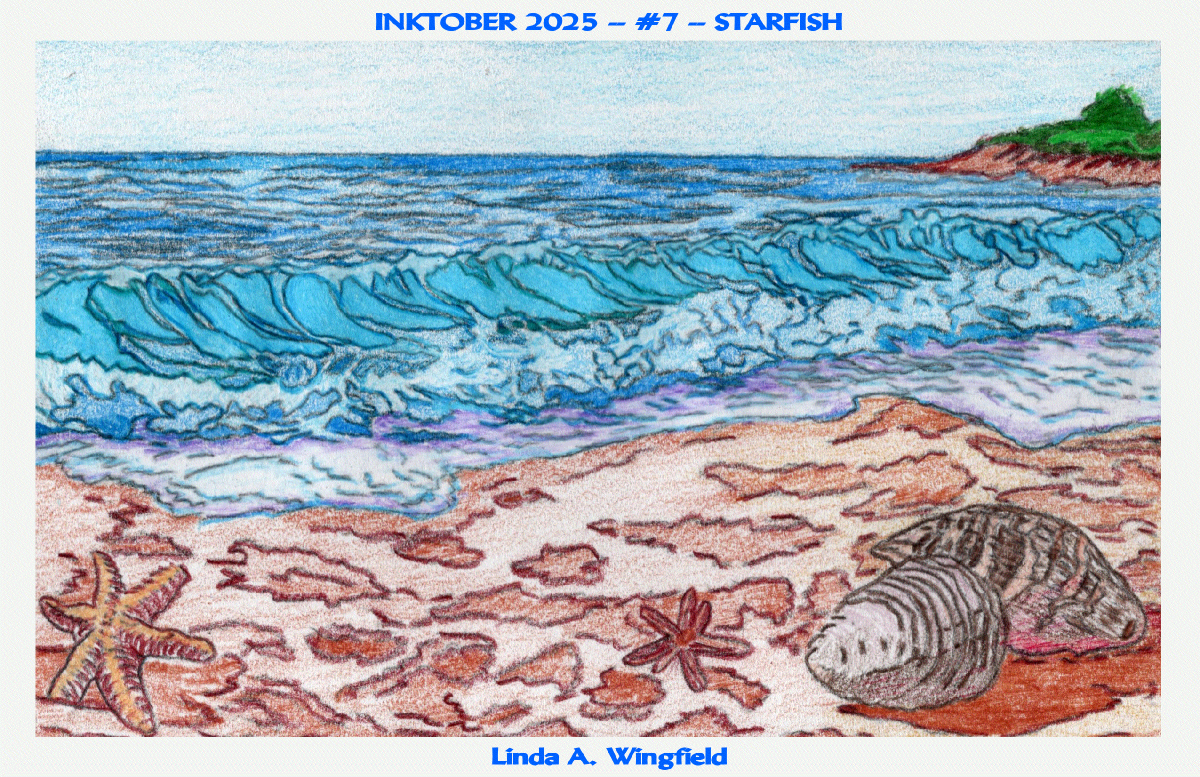
Wow, I’m always amazed by how much care and thought you put into each drawing!
Thank you, Lydelith! In return, I’m always amazed by how much care and thought you put into each video and or comment you make on YouTube — especially when you are creating posts regarding Dan Vasc. :heart_eyes: